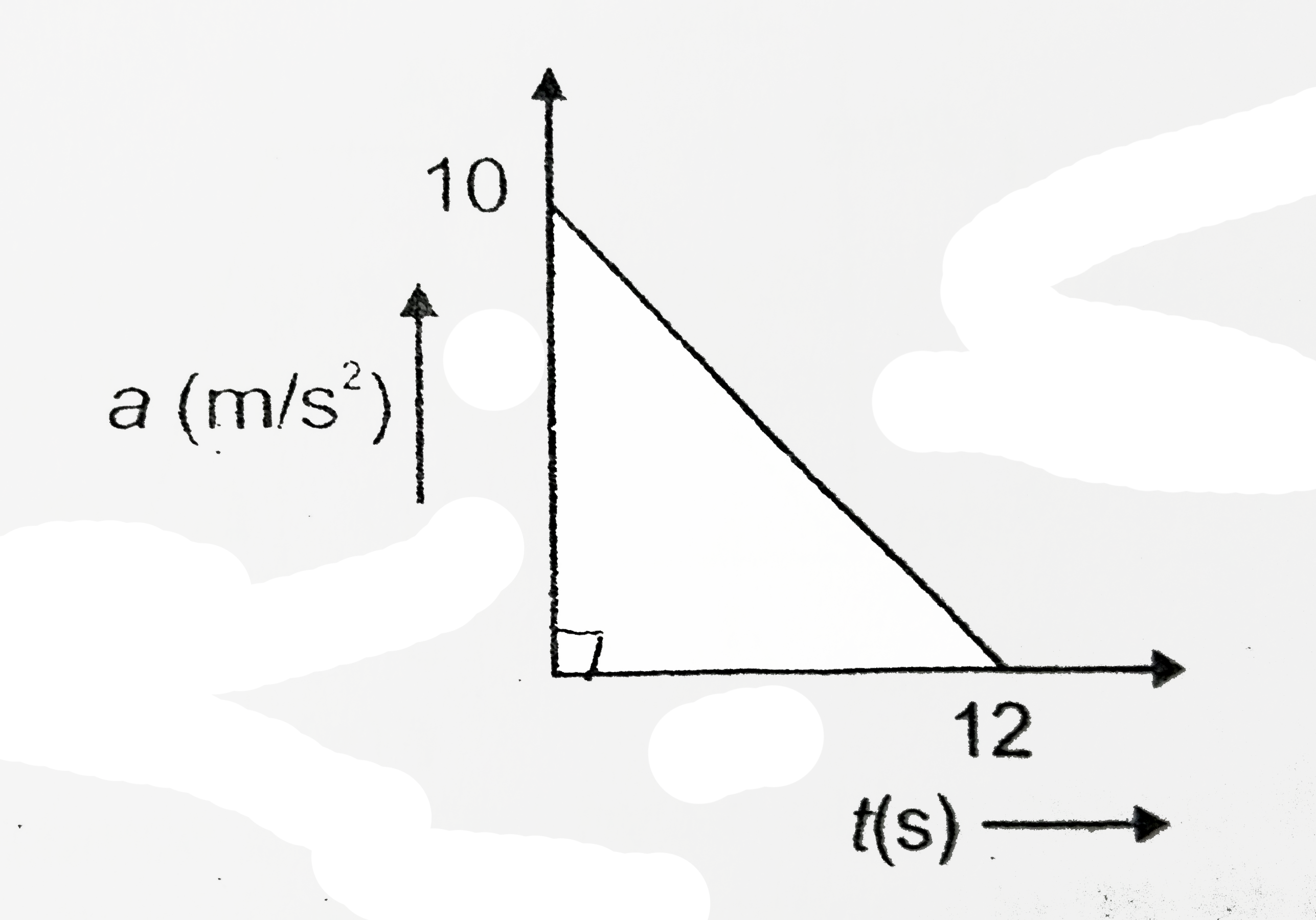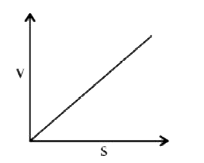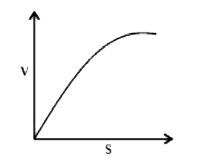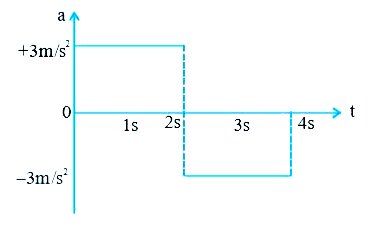A: Two particles starts from the rest simultaneously and proceed with the same acceleration in the same direction. The relative velocity of these particles will be zero throughout motion.
R: At every moment the two particle will have the same velocity.
If both A and B are true and R is the correct explanation of A
If both A and R are true but R is not correct explantion of A
If A is true but R is false
If A is false but R is true
The correct Answer is:C
Step by step video, text & image solution for A: Two particles starts from the rest simultaneously and proceed with the same acceleration in the same direction. The relative velocity of these particles will be zero throughout motion. R: At every moment the two particle will have the same velocity. by Physics experts to help you in doubts & scoring excellent marks in Class 11 exams.
Topper's Solved these Questions
- BOOK - GRB PUBLICATIONCHAPTER - MOTION IN A STRAIGHT LINEEXERCISE - Matrix -match4videos
MOTION IN A STRAIGHT LINE
- BOOK - GRB PUBLICATIONCHAPTER - MOTION IN A STRAIGHT LINEEXERCISE - Integer5videos
MOTION IN A STRAIGHT LINE
- BOOK - GRB PUBLICATIONCHAPTER - MOTION IN A STRAIGHT LINEEXERCISE - More than one choice is correct16videos
MOTION IN A STRAIGHT LINE
- BOOK - GRB PUBLICATIONCHAPTER - FRICTION AND CIRCULAR MOTION EXERCISE - Comprehension type11videos
FRICTION AND CIRCULAR MOTION
- BOOK - GRB PUBLICATIONCHAPTER - MOTION IN TWO AND THREE DIMENSIONSEXERCISE - All Questions210videos
MOTION IN TWO AND THREE DIMENSIONS
Similar Questions
Two particles describes the same circle of radius a in the same sense with the same speed v. What is their relative angular velocity?
View SolutionA particle starting from rest undergoes a rectilinear motion with acceleration a. The variation of a with time t is shown below. The maximum velocity attained by the particle during its motion is
 View Solution
View Solution
Knowledge Check
- Question 1 - Select One
Two particles start from rest simultaneously and are equally accelerated throughout the motion, the relative velocity ofone with respect to other is :
AZeroBNon zero and directed parallel to accelerationCNon zero and directed opposite to accelerationDDirected perpendicular to the acceleration - Question 2 - Select One
A particle starts from rest and moves with constant acceleration. Then velocity displacement curve is:
A B
B C
C D
D
- Question 3 - Select One
A particle starting from rest attains a velocity of 50ms−1 in 5 s. The acceleration of the particle is
A5ms2B10ms2C50ms2D100ms2
A particle starts from rest at t=0 and undergoes an acceleration as shown in figure.
Draw the velocity-time graph of the motion of the particle during the interval from zero to 4 second.
 View Solution
View SolutionStarting from rest, the acceleration of a particle is a=2(t-1). The velocity of the particle at t=5s is :-
View SolutionTwo particles start simultaneously from a point with equal velocities v each along two straight inclined at 60∘. Find their relative velocity
View SolutionTwo particles having the same phase must be at
View SolutionA particle starts from rest with uniform acceleration a. Its velocity after n seconds is v. The displacement of the particle in the two seconds is :
View Solution

